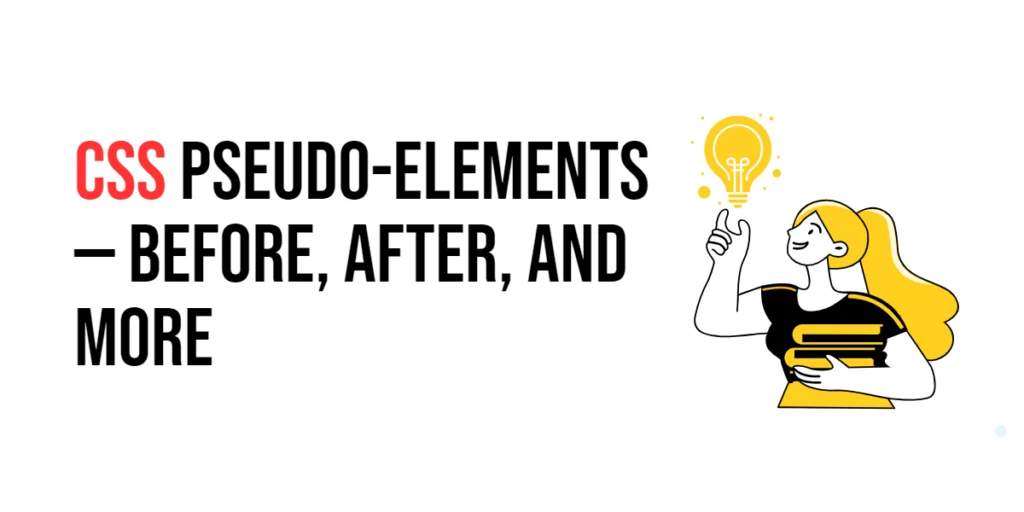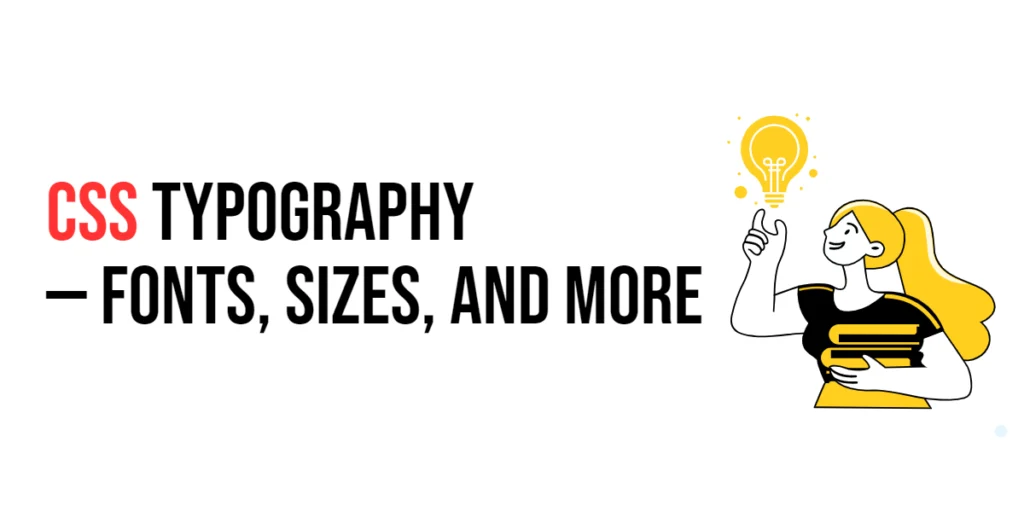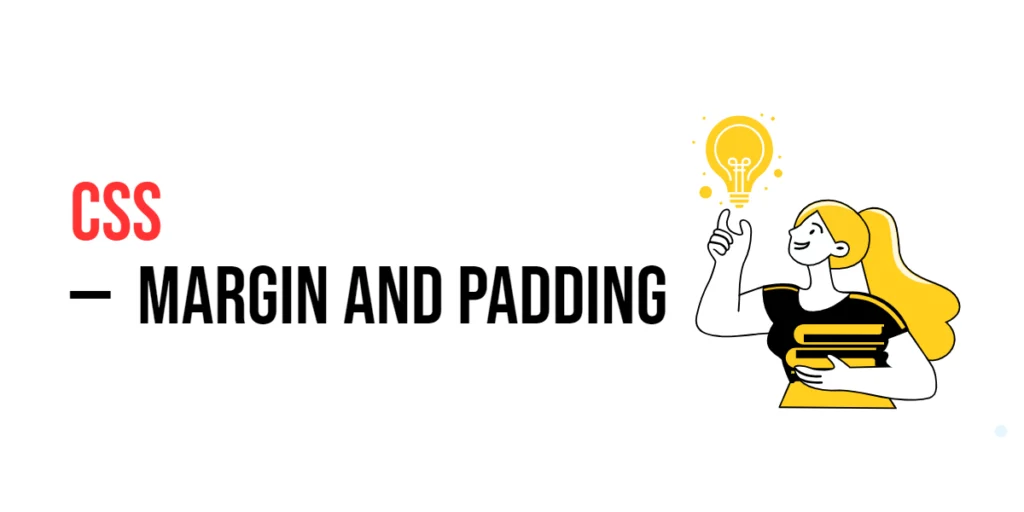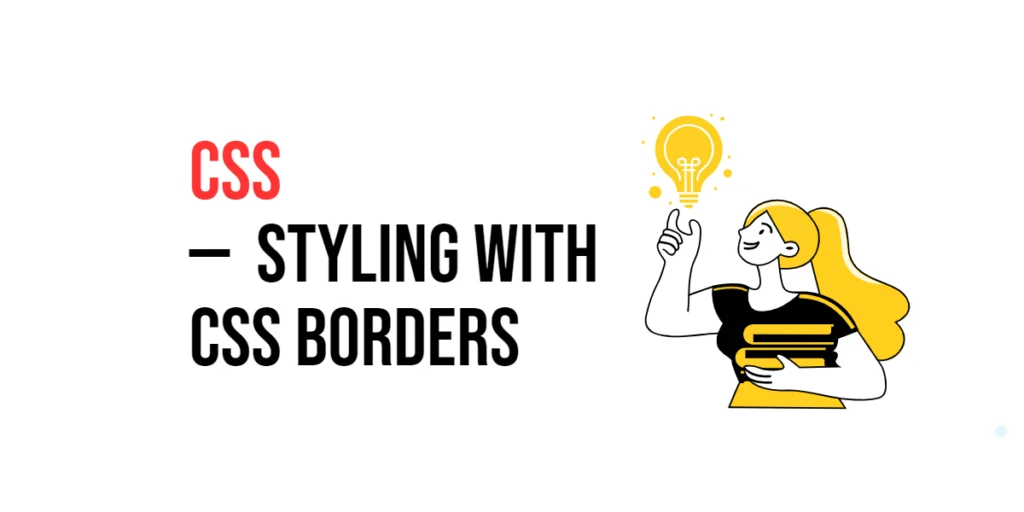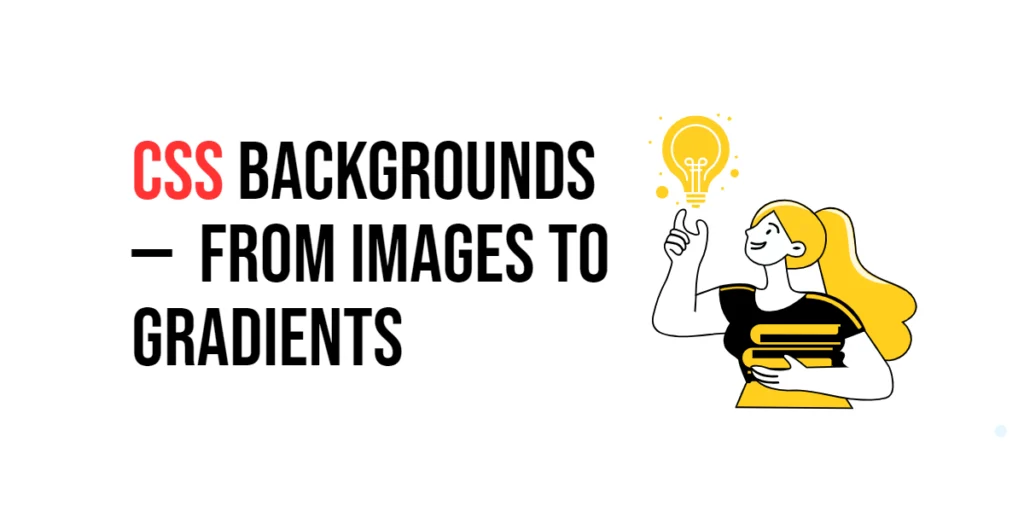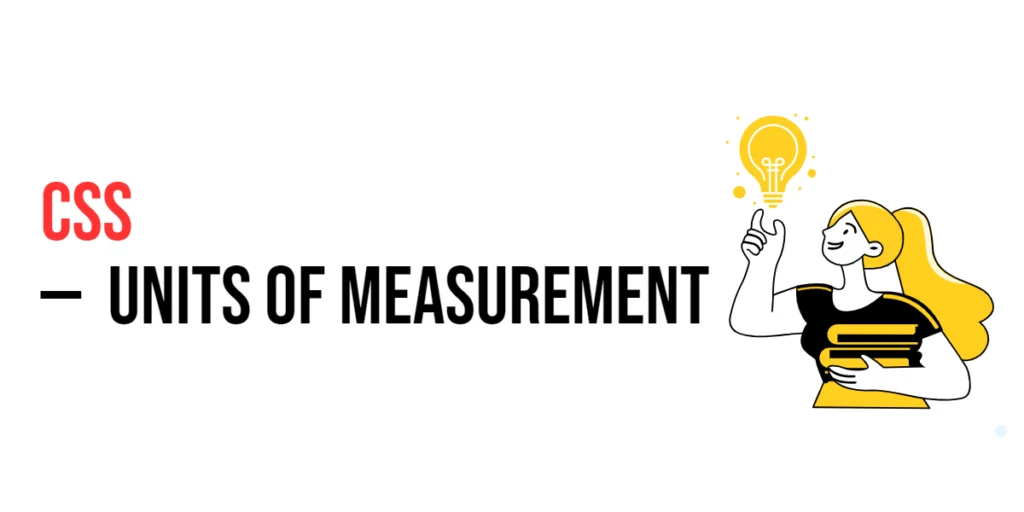CSS: Pseudo-Elements – Before, After, and More
Pseudo-elements in CSS are keywords added to selectors that allow you to style specific parts of an element. They enable designers to apply styles to parts of the content that are not directly accessible through the DOM, such as the first letter of a paragraph or content before and after an element. Pseudo-elements are essential […]
CSS: Pseudo-Elements – Before, After, and More Read More »
